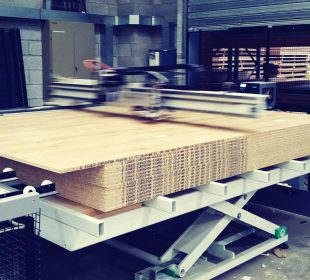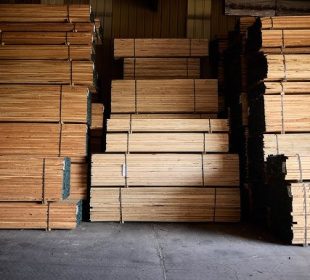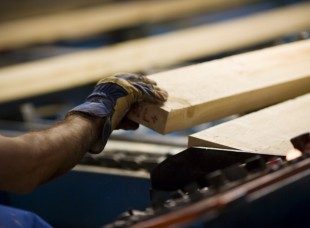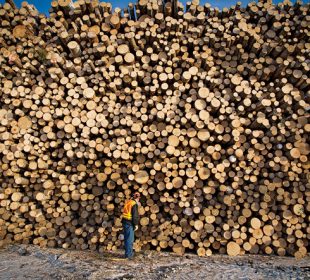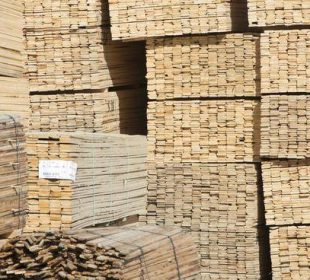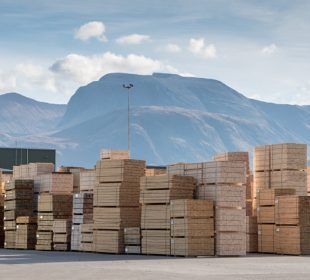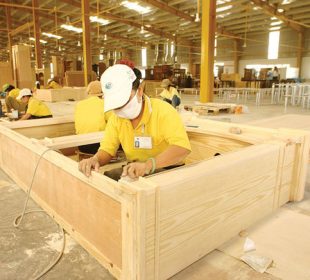From 1st January the UK will implement a new “Global Tariff” regime which closely mirrors the existing EU tariff regime. The tariff codes exactly match those used in the EU’s “Combined Nomenclature”. The UK General System of Preferences (GSP) will provide trade preferences to the same developing countries as the EU GSP.
The main point of difference between the UK and EU schedule, at least initially, is that it reduces tariffs on UK imports of a range of products, including some wood products. The UK is either reducing or totally removing tariffs for certain industries which are important in the EU, and therefore partially protected through EU tariffs, but which have little presence in the UK.
For wood products, the UK has a very long tradition of fulfilling its wider wood needs through imports, much more so than elsewhere in the EU, and is therefore more inclined to reduce wood import tariffs.
This is of no account for quite a few wood products. The EU already imposes zero-tariffs on all logs and rough sawn timber, together with all finished wood furniture, as well as for all types of wood fuel, including chips, pellets, charcoal, sleepers, tools, shuttering, shingles and shakes, posts and beams, glulam, tableware and kitchenware.
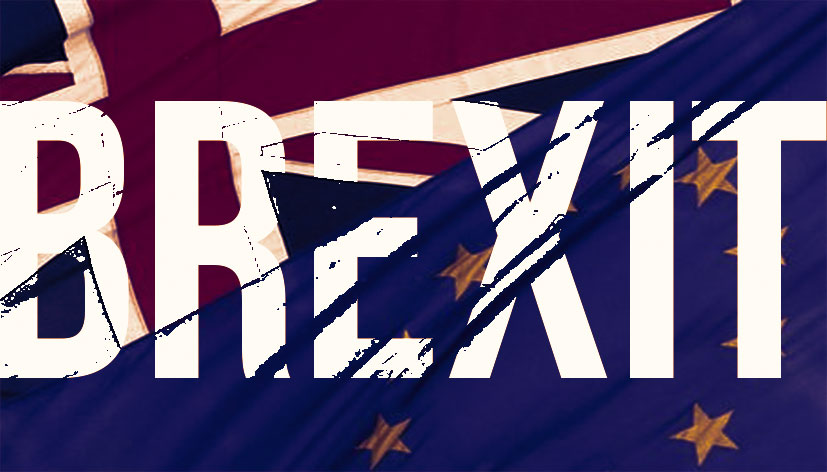
Implications of UK post-Brexit Tariff Schedule on wood products
Register for unlimited access
We work hard to bring you the latest news in the world of international wood industry. The article you are currently reading is available only to registered users.
By registering you gain access to:
Thousands of quality articles
In-depth analyses of market trends
Exclusive market price insights
And much more!





